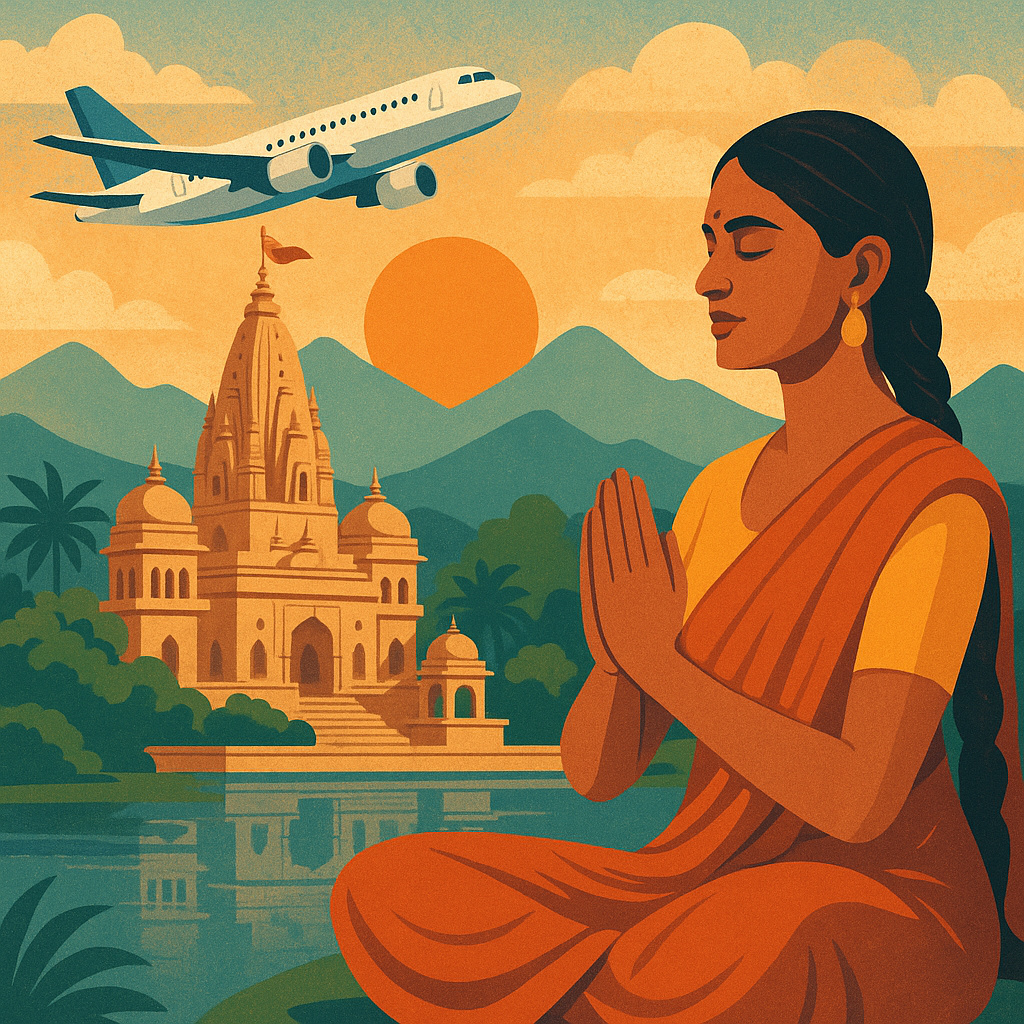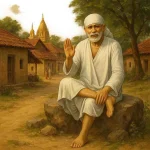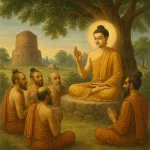Faith, Travel & Wellness: How Spiritual Journeys Are Becoming Holistic in India
In India, travel has always been deeply connected with faith. For centuries, pilgrims have journeyed across mountains, rivers, and temples — from the ghats of Varanasi to the caves of Amarnath — seeking blessings, peace, and divine connection. But in the 21st century, spiritual journeys in India are no longer only about ritual worship. They are evolving into holistic experiences that blend faith, travel, and wellness. Today’s pilgrim is not just looking for darshan (divine sight) — they are also seeking balance, healing, and inner renewal.
The Evolution of Pilgrimage in Modern India
Traditional pilgrimages were acts of devotion — often long, challenging, and guided by religious duty. People would undertake yatras to fulfill vows or seek liberation (moksha). These journeys were rooted in austerity and sacrifice. However, as India modernizes and travel becomes easier, spiritual tourism has taken on new forms.
Today’s pilgrim might fly to Rishikesh for a yoga retreat, attend meditation workshops in Dharamshala, or visit the Char Dham not only for religious merit but also for peace and rejuvenation. The idea of wellness — physical, emotional, and spiritual — has entered the heart of the pilgrimage experience.
This change reflects a larger global trend: spirituality is becoming personal, experiential, and wellness-oriented. People are no longer separating faith from health or travel from mindfulness. They are merging them into one integrated journey of self-discovery.
Rishikesh to Varanasi: The New Wellness Pilgrimage Trail
Some of India’s oldest sacred towns are now leading the wellness revolution. Rishikesh, known as the “Yoga Capital of the World,” is a prime example. Once visited mainly by sadhus and ascetics, it now attracts global travelers who come for yoga teacher training, Ayurveda therapies, and meditation by the Ganga. The peaceful atmosphere, combined with spiritual heritage, makes it a perfect space for inner transformation.
Varanasi, India’s spiritual heart, is also witnessing a revival in a new form. Visitors now combine temple visits with Ganga Aarti, boat meditation, and Ayurveda massages. Many wellness resorts around the holy city promote detox diets, guided meditations, and spiritual counseling sessions.
Even Himalayan regions like Uttarkashi, Kedarnath, and Badrinath are adapting. The rugged paths of the Char Dham Yatra are being complemented by wellness retreats that offer organic food, yoga, and mindfulness programs. What was once a journey of penance is now a blend of devotion and holistic living.
The Rise of Spiritual Tourism and the Wellness Economy
India’s government and tourism industry have recognized this transformation. The Ministry of Tourism has launched initiatives under “Dekho Apna Desh” and “Spiritual Circuit” to promote sacred destinations as centers of both devotion and well-being. Ayurveda resorts in Kerala, yoga ashrams in Rishikesh, Buddhist meditation centers in Sarnath, and Sikh heritage circuits in Punjab are all part of this expanding network. The wellness economy in India is now worth billions of rupees, and much of it is driven by faith-based travel. Domestic tourists are choosing wellness yatras over luxury vacations. Instead of simply sightseeing, they are opting for stays in monasteries, nature retreats, and eco-ashrams.
Interestingly, international travelers, too, are drawn to India not only for its spiritual depth but also for its ancient healing systems — Ayurveda, meditation, and yoga. They seek not religion alone, but wholeness — a sense of inner balance that combines body, mind, and spirit.
Technology Meets Tradition
The digital revolution has also transformed spiritual travel. Many pilgrims now book temple visits, meditation classes, or retreat programs online. Apps help travelers plan their yatras, find vegetarian food stops, and even get live-streamed aarti experiences. Social media plays a significant role too. Instagram and YouTube are filled with travel influencers showcasing “soul journeys” — from trekking to Hemkund Sahib to meditating in Bodh Gaya. These platforms have made spiritual travel aspirational, especially among the youth.
Yet, the essence remains the same. Even when posted with hashtags like #SoulTrip or #SpiritualIndia, these journeys still reflect the timeless human need to pause, reflect, and connect with something greater.
Wellness as a Form of Worship
In ancient India, the idea of seva (service), dhyana (meditation), and shuddhi (purification) were integral to devotion. Today’s wellness practices are, in a sense, a modern continuation of those ideas. Yoga, breathing exercises, vegan diets, and sound healing are not departures from spirituality — they are new expressions of it. Modern travelers understand that worship is not only about rituals but also about self-care and mental peace. Taking care of the body, mind, and spirit becomes an act of honoring the divine within. This holistic understanding has made pilgrimage a deeply personal, healing, and transformative experience.
The Future of Holistic Spiritual Travel
As India continues to evolve, its spiritual landscape will likely become even more inclusive and experiential. Traditional destinations will keep adapting — offering eco-friendly stays, sustainable travel options, and guided spiritual programs that combine faith with mindfulness.
Young Indians, especially, are redefining what it means to be spiritual. They are open to exploring sacred spaces not just as believers but as seekers of inner balance. Their journeys are less about religious labels and more about personal well-being, mental clarity, and harmony with nature.
The age-old pilgrim of India has transformed. The dusty roads to temples have merged with peaceful yoga mats and serene meditation halls. The yatra has become a journey not only to God but also toward oneself.
~Religion World Bureau









